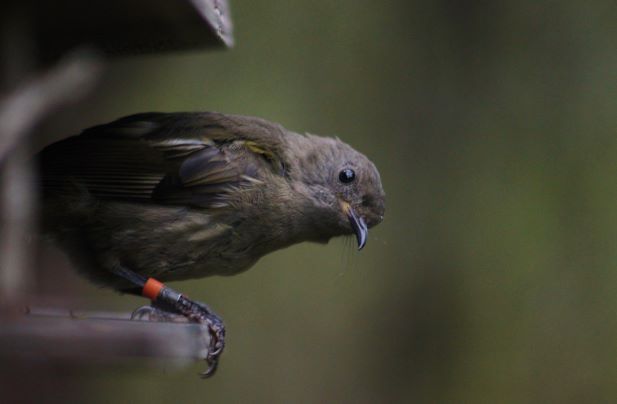One of New Zealand’s rarest native birds has shown how threatened species everywhere are facing a tougher time adapting to our fast-changing planet.
Scientists have already shown how domesticated animals and wild creatures that aren’t threatened can adapt to different environments if they’re flexible enough, could shift ranges, or can simply evolve.
But new research has painted a more troubling picture for those species moving toward the brink.
Because threatened species typically couldn’t move – either because most of their habitats had been destroyed or because the risk of shifting was too dangerous – the researchers wanted to know whether they could adapt genetically….
To read the full article please see here.
The full article was written by Jamie Morten and published in the New Zealand Herald 24th Feb 2019.
